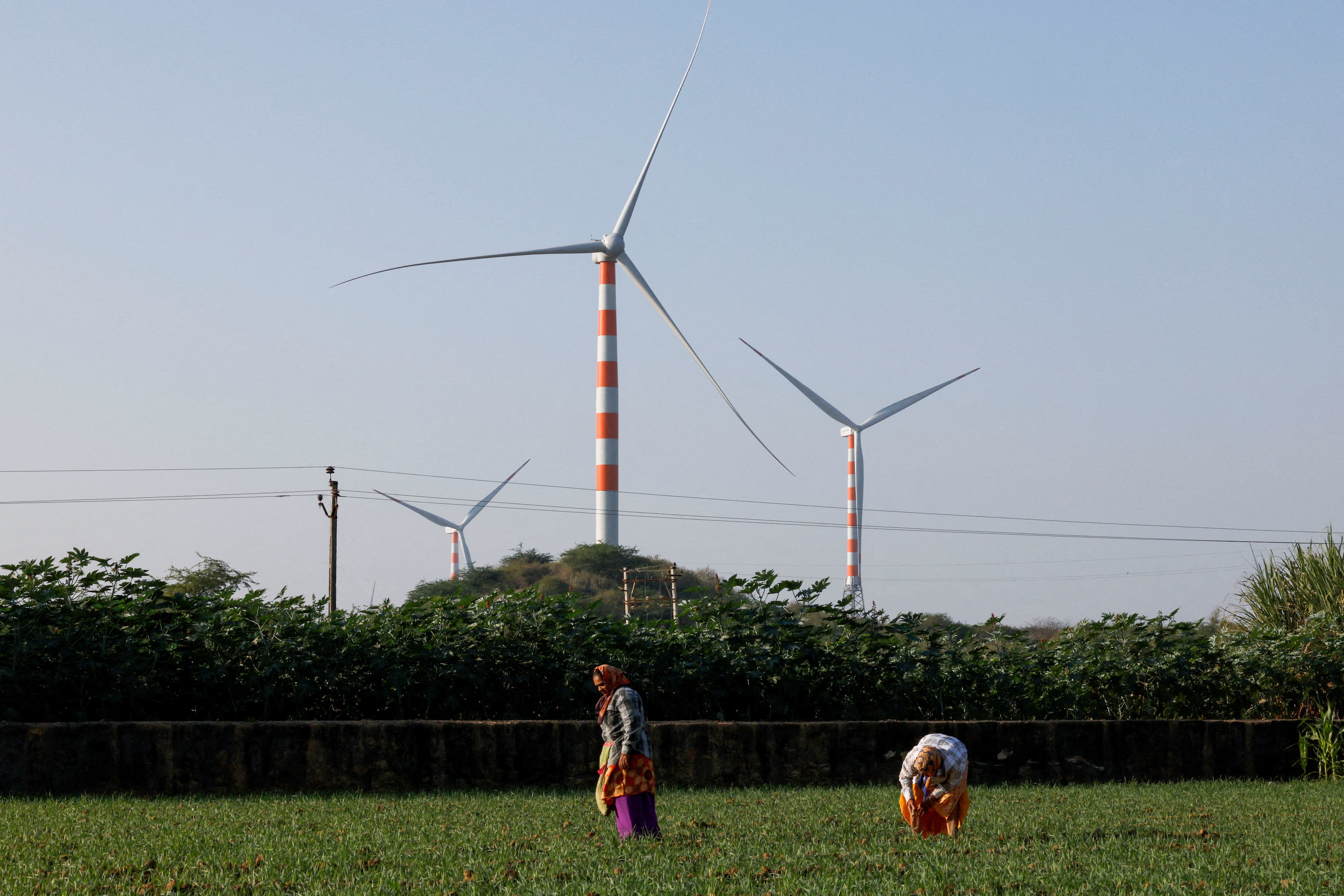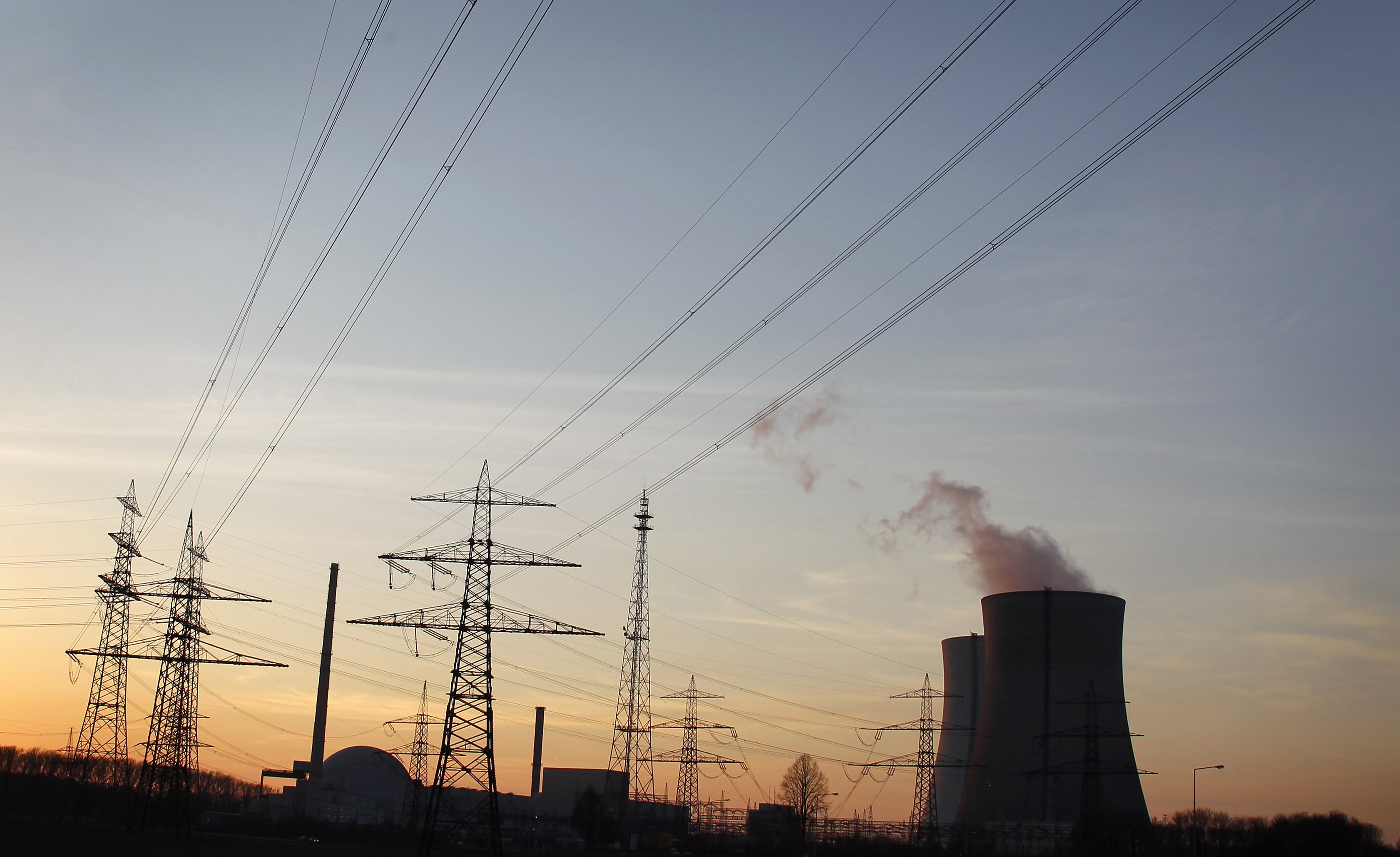These US cities are producing the most solar energy

Expanded use of solar energy in the US can help massively reduce US greenhouse gas emissions.
Image: Unsplash/Nuno Marques
Stay up to date:
Decarbonizing Energy
- Solar power continues to expand rapidly in the US, a new report says.
- Nine cities now have more solar power than the entire country did a decade ago.
- There is now enough solar energy to power more than 16% of US homes.
- Ramping up renewable energy is crucial for the US to reach its net-zero goals.
Many cities in the US enjoy an abundance of sunshine all year round, and according to a new report they are taking advantage of that.
The eighth Shining Cities survey from Environment California's Research & Policy Center shows that much of America is investing in solar energy.
Not only does this help save the planet in the global drive for net-zero emissions, it can also keep household bills down. On average, 20-40% of a solar energy system’s output is exported back into the electricity grid, providing local consumers with clean power that can also save them money.
And there are many other benefits, too. Solar energy:
- Lowers greenhouse gas emissions by cutting fossil fuel use.
- Reduces air pollution, which improves public health.
- Makes cities more resilient to disasters if power grids fail.
The amount of solar power installed in just nine US cities now exceeds the level in the whole of the country a decade ago, the report says. Of the 56 cities surveyed, 15 recorded a tenfold increase in their solar capacity between 2014 and 2022.
What's the World Economic Forum doing about the transition to clean energy?

Build back better
All this comes as US President Joe Biden tries to get his Build Back Better bill through Congress. It aims to provide $555 billion for green energy, but doubts remain as to whether Biden will be able to pass the legislation before November’s midterm elections.
The Shining Cities report says local governments should press ahead with establishing goals for 100% renewable energy and create roadmaps to achieve those goals.
The 5 US cities producing the most solar power
1. Honolulu, Hawaii
2. Las Vegas, Nevada
3. San Diego, California
4. Albuquerque, New Mexico
5. San Jose, California
Shining bright at the top of this year’s rankings is the Hawaiian city of Honolulu with more than 1,000 watts of solar photovoltaic (PV) capacity per person – the equivalent of over three solar panels each.
Honolulu and 15 other US cities have more than 100 watts of capacity per resident, earning them the title of “Solar Superstars”. They have experienced dramatic growth in solar generation in recent years and are setting the pace nationally.
Next are the “Solar Stars”, with over 50 watts per person. In 2014, only eight of the cities surveyed for the report had enough solar PV per capita to be ranked as Solar Stars, but now 34 cities have earned the title.
Last come the “Solar Builders” which have 25-50 watts of solar PV installed per person.

Shining example
The US now has enough solar energy to power more than 23 million homes. But the report’s authors think the world’s biggest economy can go much further.
They say cities, states and the federal government should adopt strong policies to make it easy and affordable for homeowners, businesses and utilities to “go solar”.
It remains far from certain whether the Build Back Better bill will be approved by a deeply divided US Congress. If it fails to pass, experts say it will become impossible to hit Biden’s target of reducing emissions to at least 50% below 2005 levels by 2030.
The White House says it is pushing ahead with plans to increase renewable energy capacity on public land and create a carbon-free power grid by 2035.
But the solar industry has recently warned of a slowdown in project installations this year as global supply chain disruptions and the threat of new US tariffs on panel imports from Southeast Asia hit home, Reuters reports.
Research by the World Economic Forum estimates that getting the world on track for net-zero emissions by 2050 will require an annual investment in clean energy infrastructure of nearly $4 trillion by 2030. It will also require a radical restructuring of economies, with renewable energy such as solar power at the heart of the transition.
Accept our marketing cookies to access this content.
These cookies are currently disabled in your browser.
Don't miss any update on this topic
Create a free account and access your personalized content collection with our latest publications and analyses.
License and Republishing
World Economic Forum articles may be republished in accordance with the Creative Commons Attribution-NonCommercial-NoDerivatives 4.0 International Public License, and in accordance with our Terms of Use.
The views expressed in this article are those of the author alone and not the World Economic Forum.
Forum Stories newsletter
Bringing you weekly curated insights and analysis on the global issues that matter.
More on Energy TransitionSee all
Valentin Chomel and Jacques-Alexis Verrecchia
August 14, 2025
Gaurav Upadhyay and Labanya Prakash Jena
August 8, 2025
David Timis
August 8, 2025
Forum Stories
August 6, 2025
Marina Colombo and Lynn Kappes
August 6, 2025
Sverre Alvik
August 5, 2025







